Have you ever seen the classic optical illusion of a silhouetted woman, where you perceive either a young girl or an old woman’s head.
Kelly Boehmer’s artworks hint at the same dichotomy. While some people discern images that appear eerie, grotesque or even disturbing, others notice the faux fur, the glitter, the bright sparkly colours and enticing textures.
Kelly’s artworks have been described as ‘art that you might think twice about taking your children to see’. A pink faux fur wolf head with fangs bared; a fluffy wall of gut-filled bricks; butterflies languishing in the hot pink villi of a stomach; a fleshy human arm dripping off its white fur canvas; or a puppy – colourful and textural but more akin to something from a Stephen King novel than a celebrity’s cute handbag dog. All fashioned from faux fur, yarn, organza, beads and glitter – apart from the occasional bone.
But it’s this very contrast between representation and medium that gives artistic licence to Kelly’s psychedelic images. Delve a little deeper and there’s a purpose behind her imaginings.
In scrutinising challenging psychological territory, she hopes that her making is not only therapeutic to her but also for viewers – an invitation to process some of their own deepest emotions.
It’s a visual, and visceral, experience that can either thrill or abhor – your reaction is up to you.
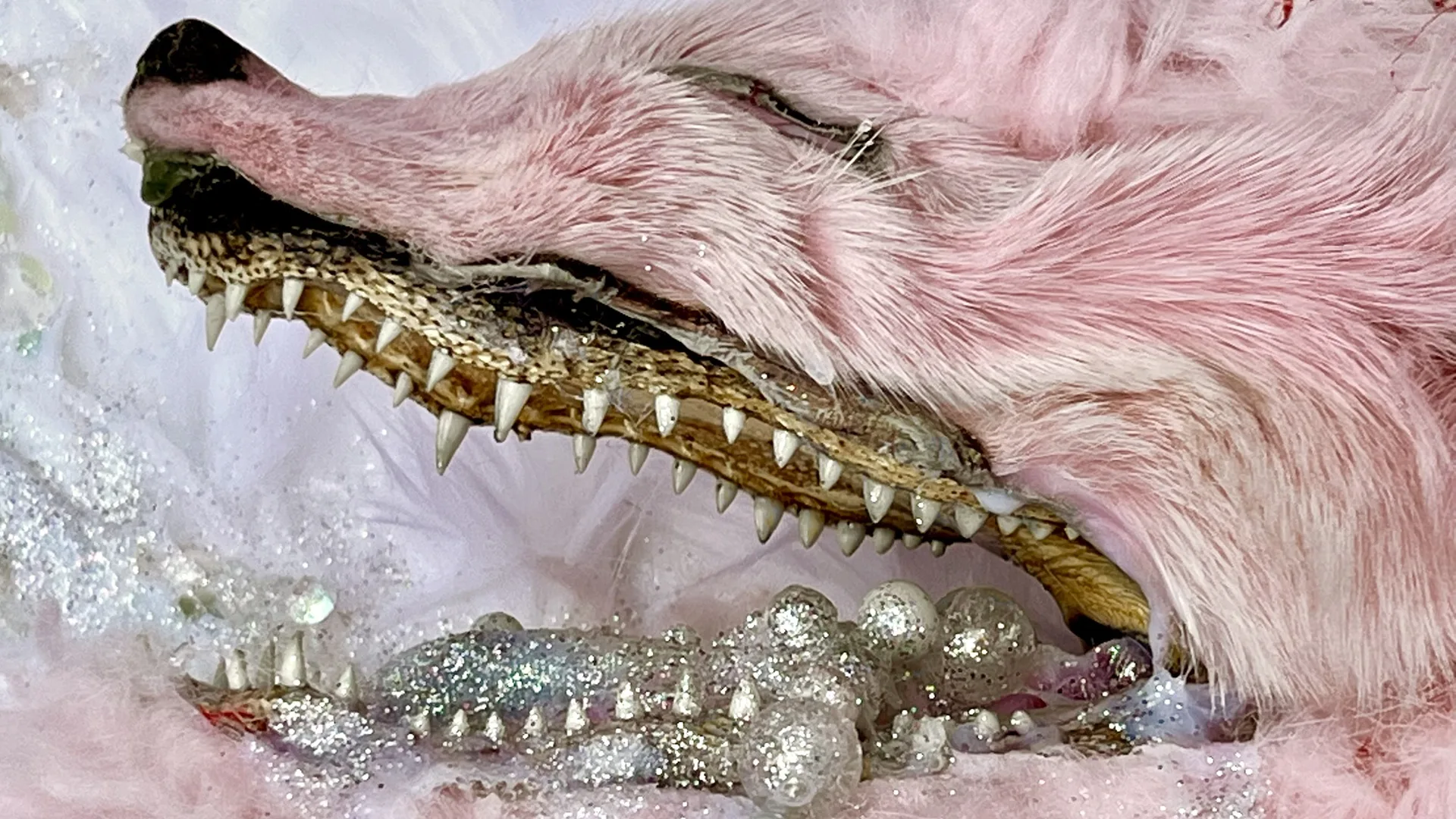
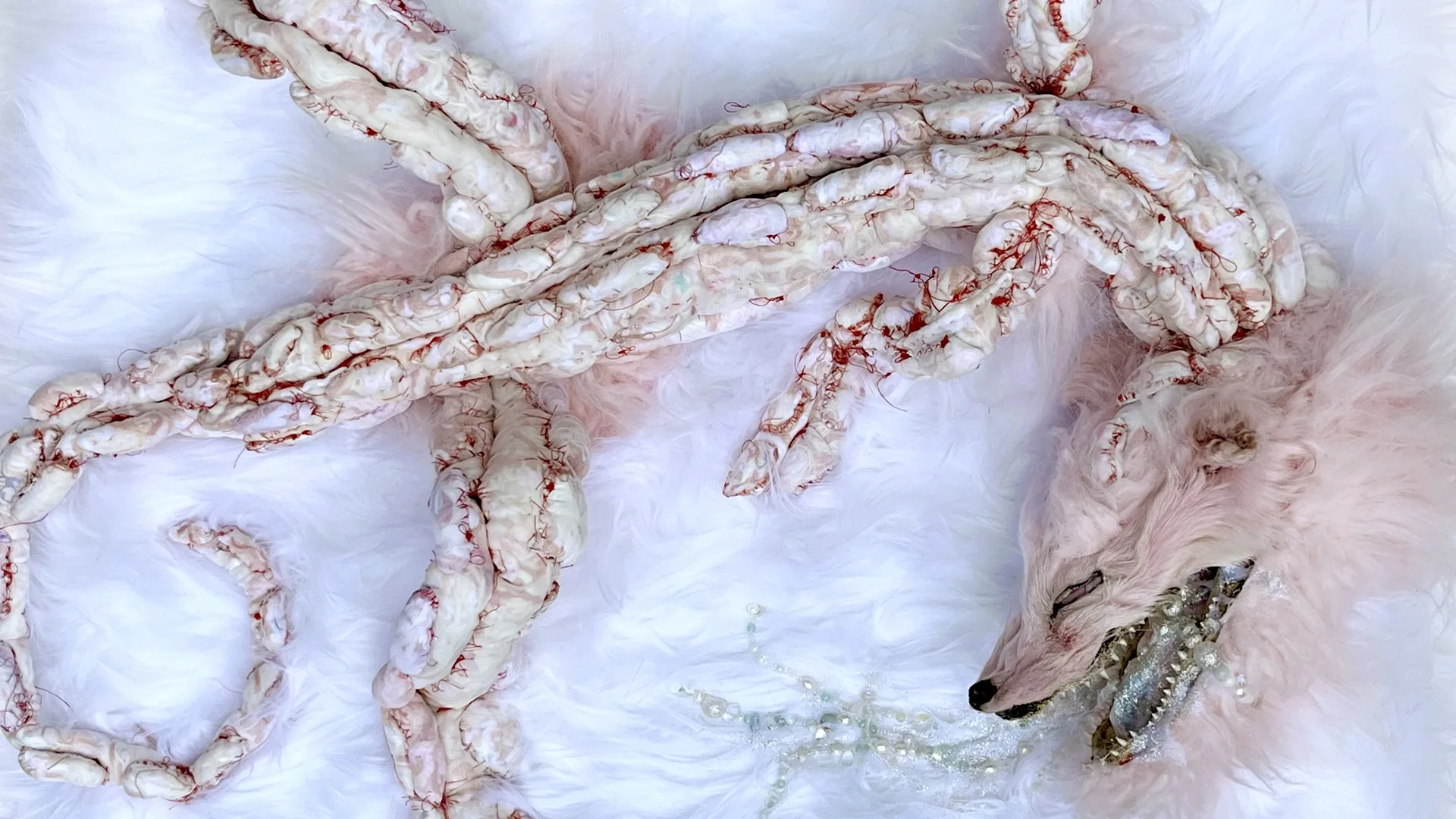
Attraction & repulsion
Kelly Boehmer: My main themes are anxiety, death and growth.
I have social anxiety, so I often make work about anxieties, and I sometimes give my work an anxious look. I also like to show the positive aspects of anxiety that are often misunderstood.
I think there’s a strange beauty to the energy and heightened awareness that anxiety can give: fantasy and anxiety are like two sides of the same coin.
It’s funny that someone who has social anxiety would go into teaching and performance art. Oddly, I try to go towards my fears in life sometimes. I was fortunate to find a career as an art educator, where my artwork and job are linked. Doing research for my students is also inspiring for me.
I often use taxidermy as a way to explore the hidden beauty of death. By dressing up the taxidermy creatures, it can make the idea of death more approachable.
I also like using different metaphors for growth – such as moulting – in my work. Showing creatures shedding their skin can symbolise me moving past (or at least confronting) my anxieties and fears.
I’m interested in the push/pull of attraction and repulsion. That’s a complex feeling – one that’s stronger than a single pure, uncomplicated emotion, like attraction alone.
“I think that when I experience attraction and repulsion together in an artwork, it takes me longer to process my feelings and the sensation lingers with me.”
Kelly Boehmer, Textile artist
My art is abstract enough for the viewer to fill in the blanks so that they’re connecting to it on their own terms. I don’t spell everything out.
I want to leave enough clues to pull them in and to leave them with a particular feeling. The feeling or impression is usually bittersweet, mysterious, silly, and a fearful sensation all mashed together.
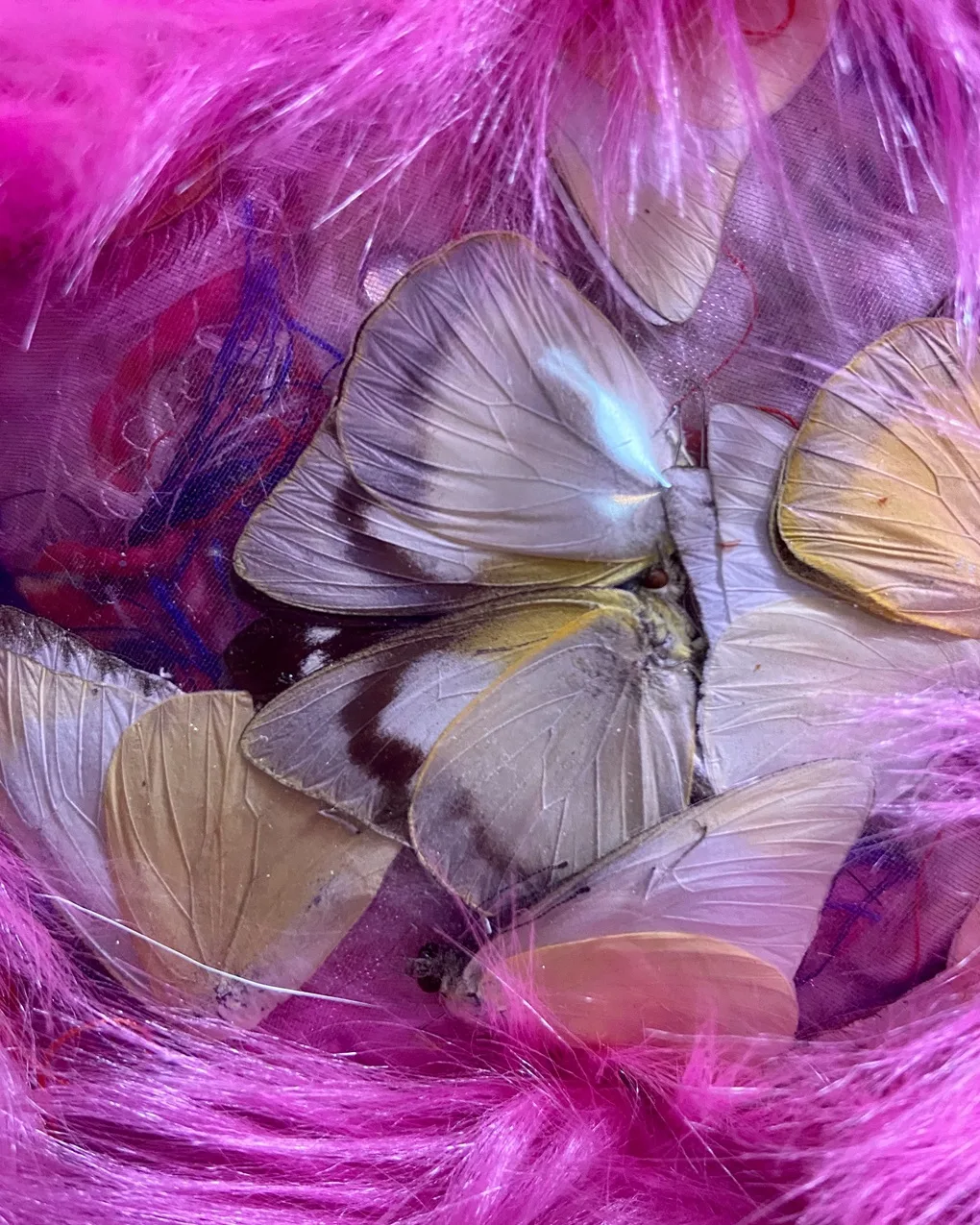
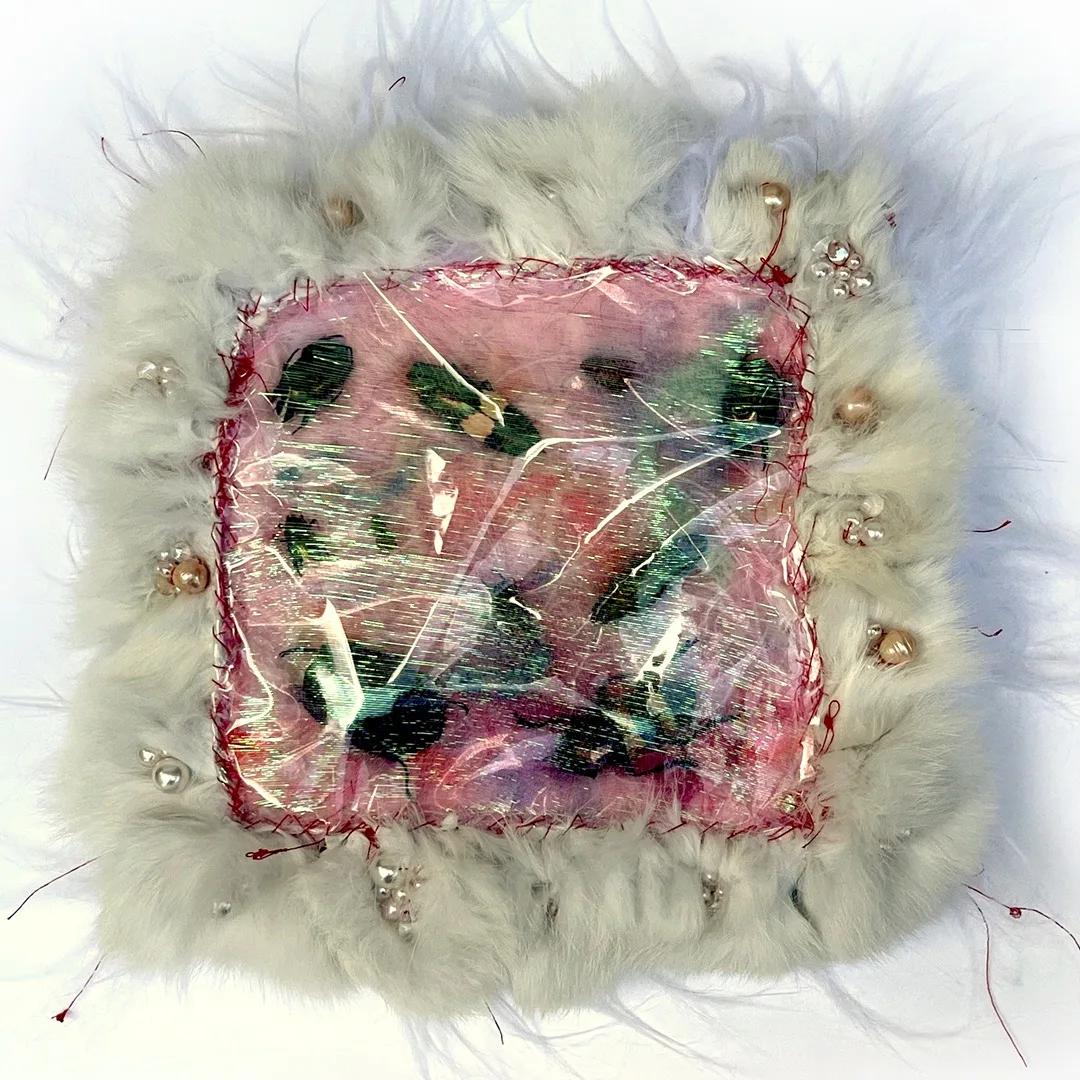
Getting bold with fibres
I’m lucky that my whole family has always been very supportive of my art. I really appreciate that – I realise it’s not the case for many artists. My mom was a graphic designer and ran her own business from home, so I got to see how art could become a career path.
Both of my grandmothers did a range of different craft practices including crochet, knitting, sewing, doll making and decorative painting. I met my husband, Chuck Carbia, in graduate school when his studio was next to mine. Now we are both art educators. He gives me a lot of help, support and feedback.
I studied art in school but didn’t work much with fibres until graduate school. I initially started out as a painter, but when I hit a point where my work was stuck, that’s when I started to embroider into my paintings. The embroidery became more and more three dimensional, until I started making fibre works in the round.
I was timid about using saturated colour and texture in painting but, when I started using fibres as a medium, it seemed like an opportunity to try something completely new.
“This experimental mindset helped me become bolder with my use of bright colours and complex textures.”
Kelly Boehmer, Textile artist
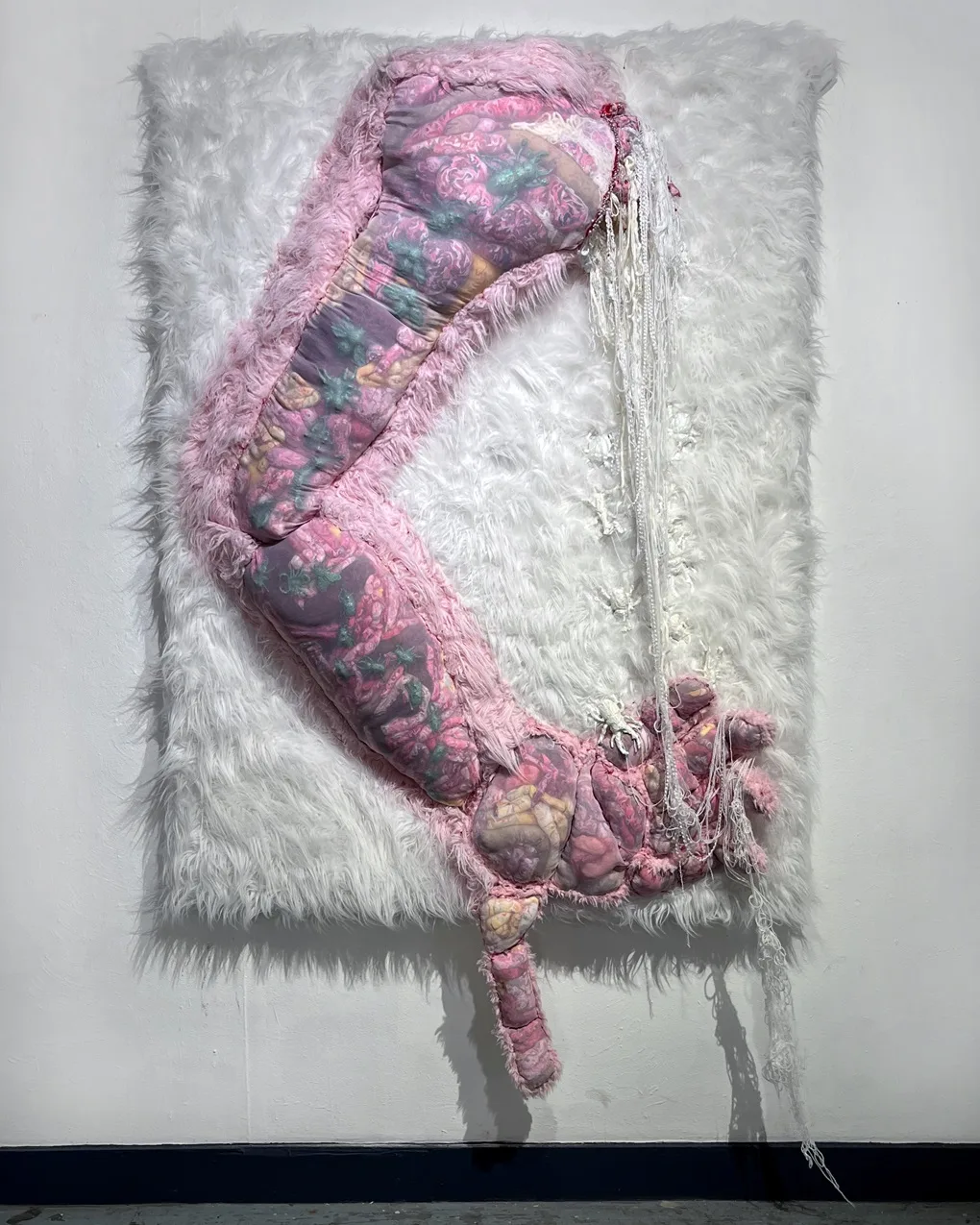
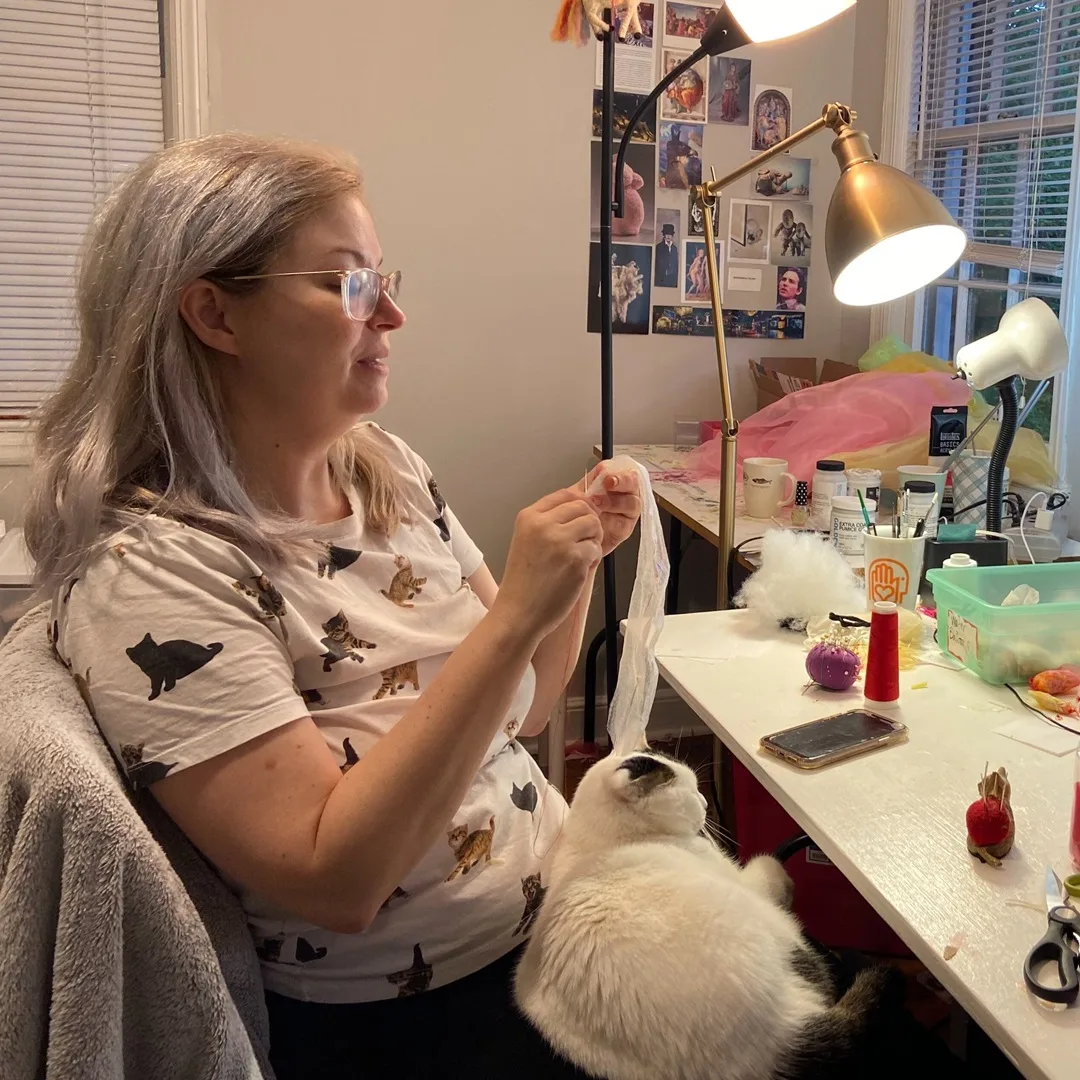
History revisited
Usually, I’m inspired by a work from art history and that’s the springboard into my process. I completely reinterpret the art historical reference, so sometimes it isn’t even recognisable in the final work.
Examples of this are Jan van Eyck’s The Arnolfini Portrait (1434), the Italian sculpture Laocoön and His Sons which inspired my artwork Laocoon. The Henri Rousseau painting Tiger in a Tropical Storm inspired Jungle. And Jeff Koons’ vast Puppy sculpture made of stainless steel, soil and flowering plants, which I referenced for my own similarly titled work, Puppy.
I’m also inspired by the artists Monica Cook, David Altmejd, Mike Kelley, Louise Bourgeois, Yayoi Kusama, Claes Oldenburg, Ebony Patterson, and Roxanne Jackson.
Recently I’ve been influenced by interesting imagery on the cooking shows that I love. For example, I created my Drool sculpture after watching a chef skin an alligator. It was such an odd, alien thing to see. It was both disgusting and strangely beautiful, and I could not get the image out of my head.
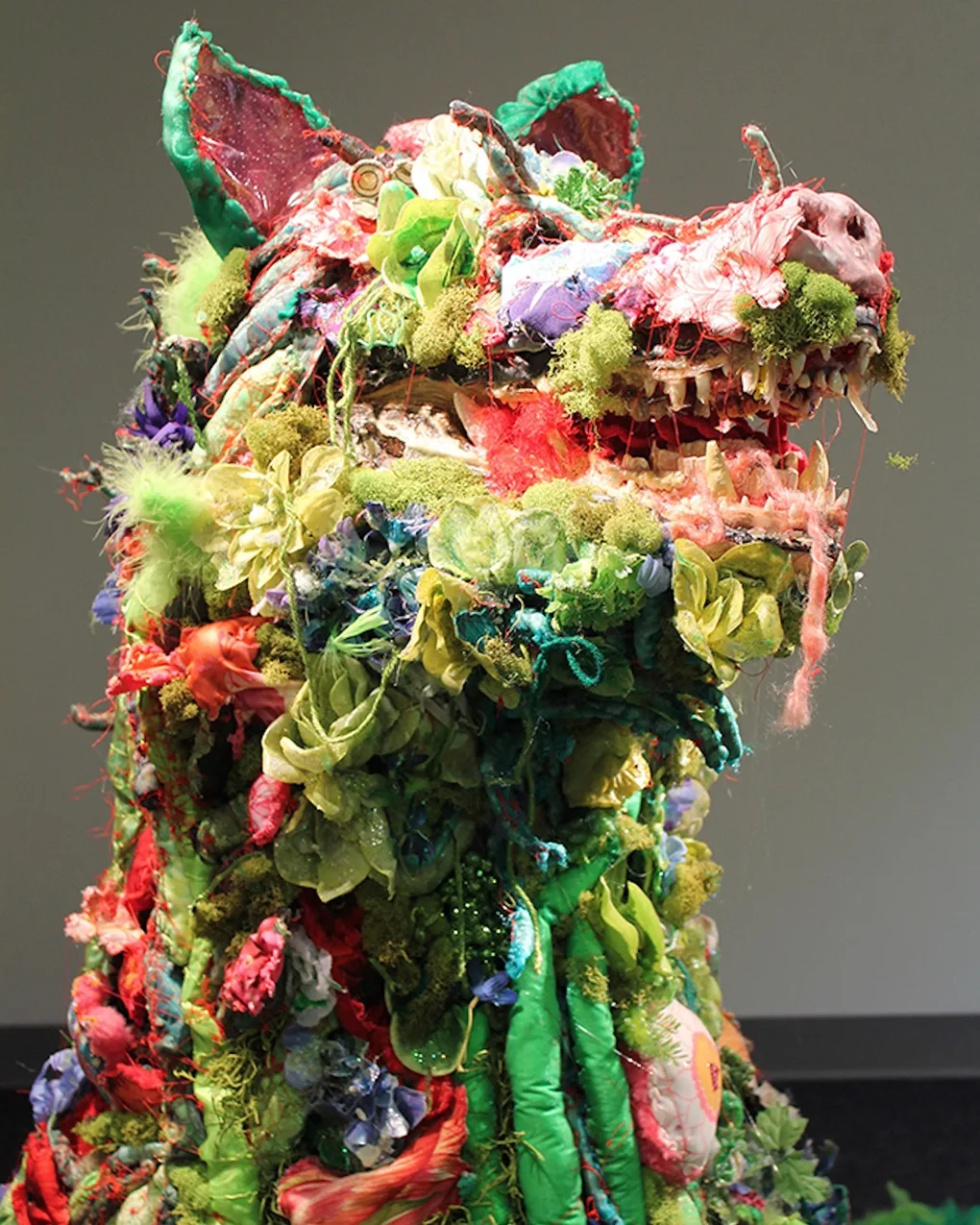
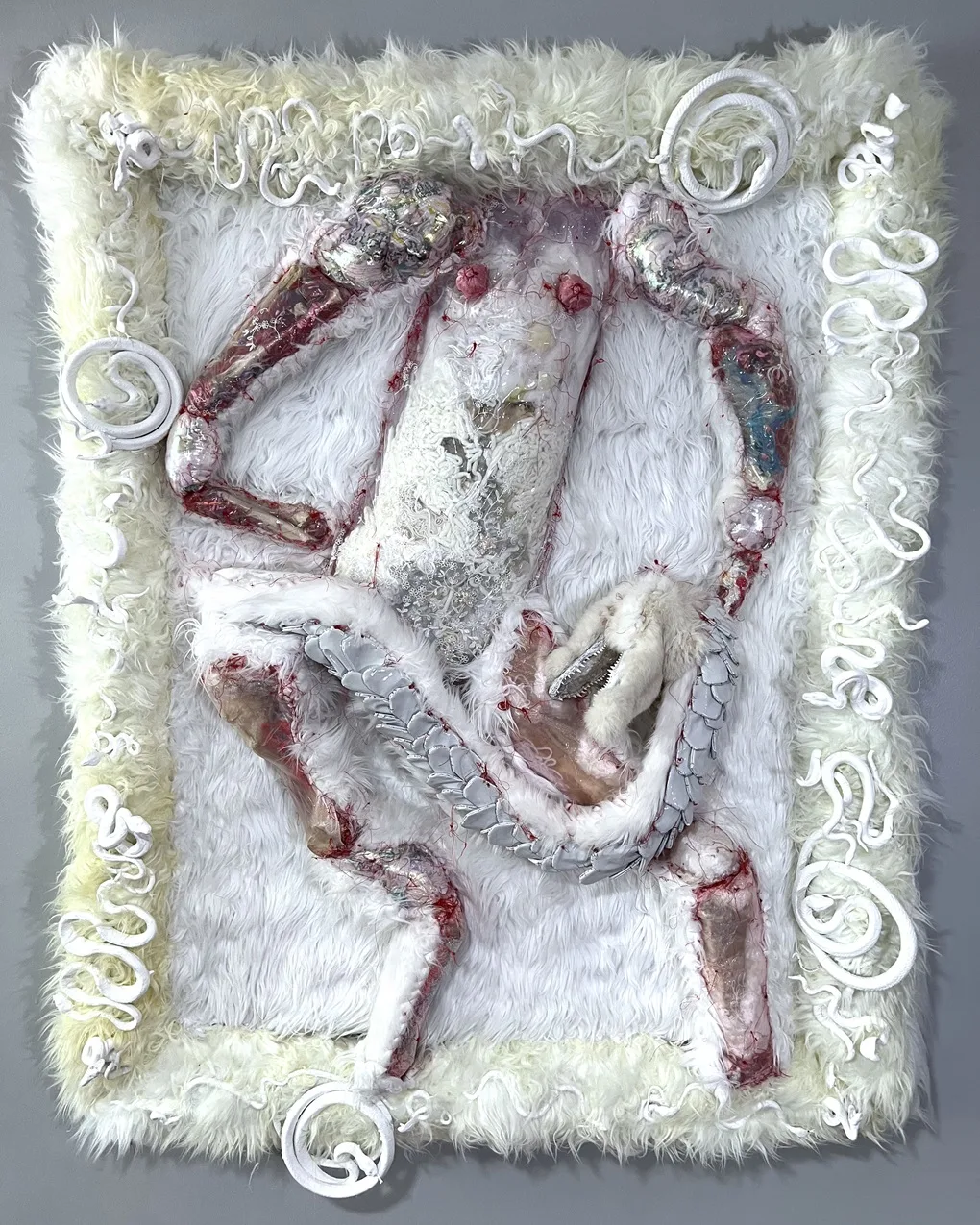
Start with a sketch
I usually start with a very rough gesture sketch to help me figure out a basic overall composition, but I never keep a sketchbook. Using a sketchbook I’d feel like the drawings would become too precious as final products for me.
I prefer to grab a scrap piece of paper where I feel freer to experiment and make mistakes. The closest thing to a sketchbook that I use is the notes app in my phone. I’ll write down title ideas or basic sculpture ideas before I sketch them.
I like to save images on my phone that I take at museums or find on social media. I use these as part of my research, and they often end up being reference images for my work.
After I have a sketch and a reference image, the process is mostly intuitive. Having said that, there’s a certain aesthetic and a level of time and labour that I like to have invested in an artwork before it feels resolved for me.
My work is extremely slow-paced and labour intensive, because it’s all stitched by hand. I try to find a balance between going too rigid or it being a free-for-all in my process.
I make hundreds of small parts, either by sewing in my studio at home or while I’m on the move: I take a travel sewing kit with me in my purse everywhere I go. This portable studio allows me to find time here and there to chip away at a larger project, even if my teaching is keeping me busy.
When all the parts are complete, I assemble everything in my studio. I also like to incorporate bits from older sculptures, after I’ve already shown them in an exhibition. They get cut apart and mixed in with the new pieces, which adds more visual variety to the final piece.
One piece that I haven’t been able to cut up and reuse is my sculpture Puppy. When I do feel ready to destroy it, I might do something special to cut it apart, maybe something that could become performative.
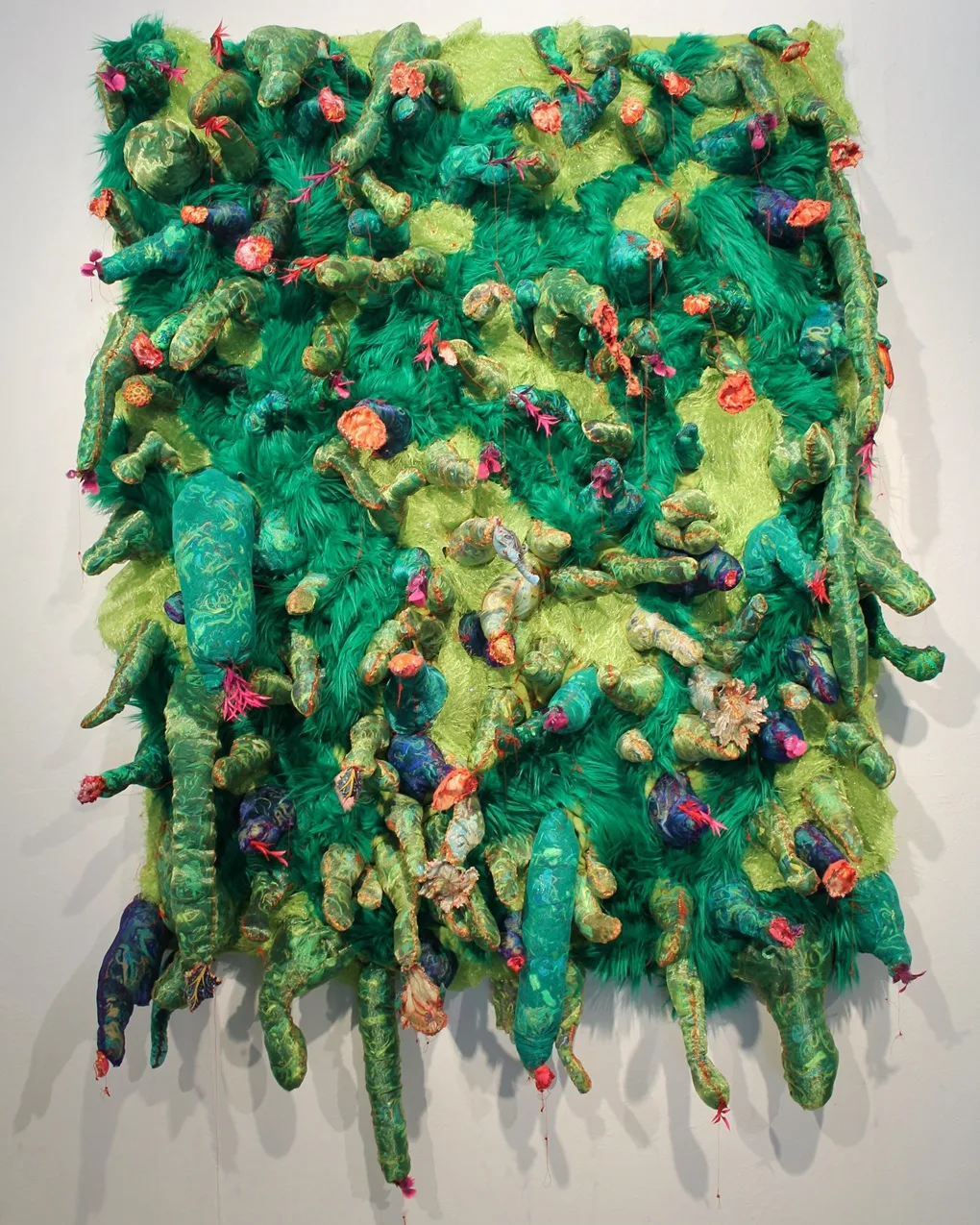
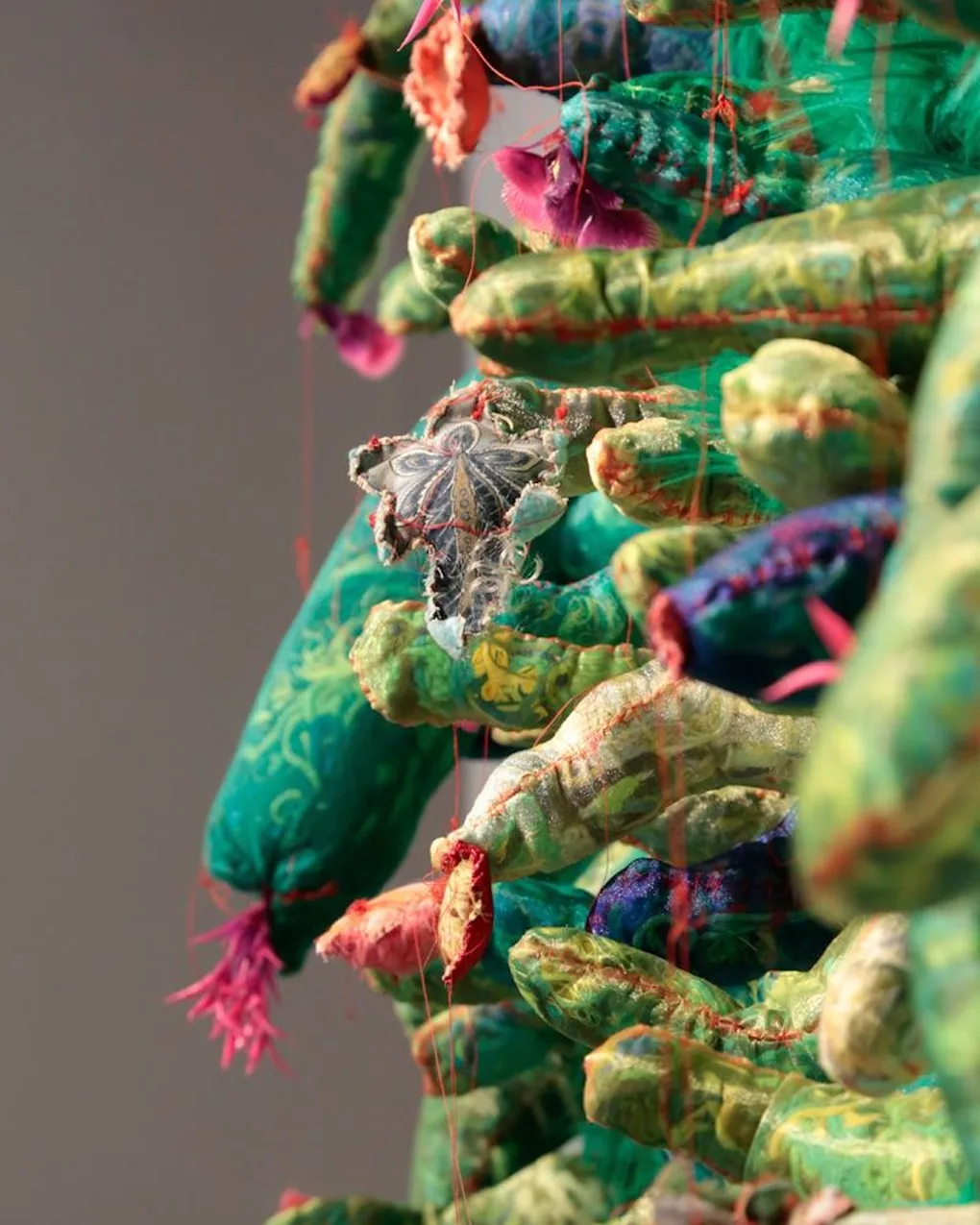
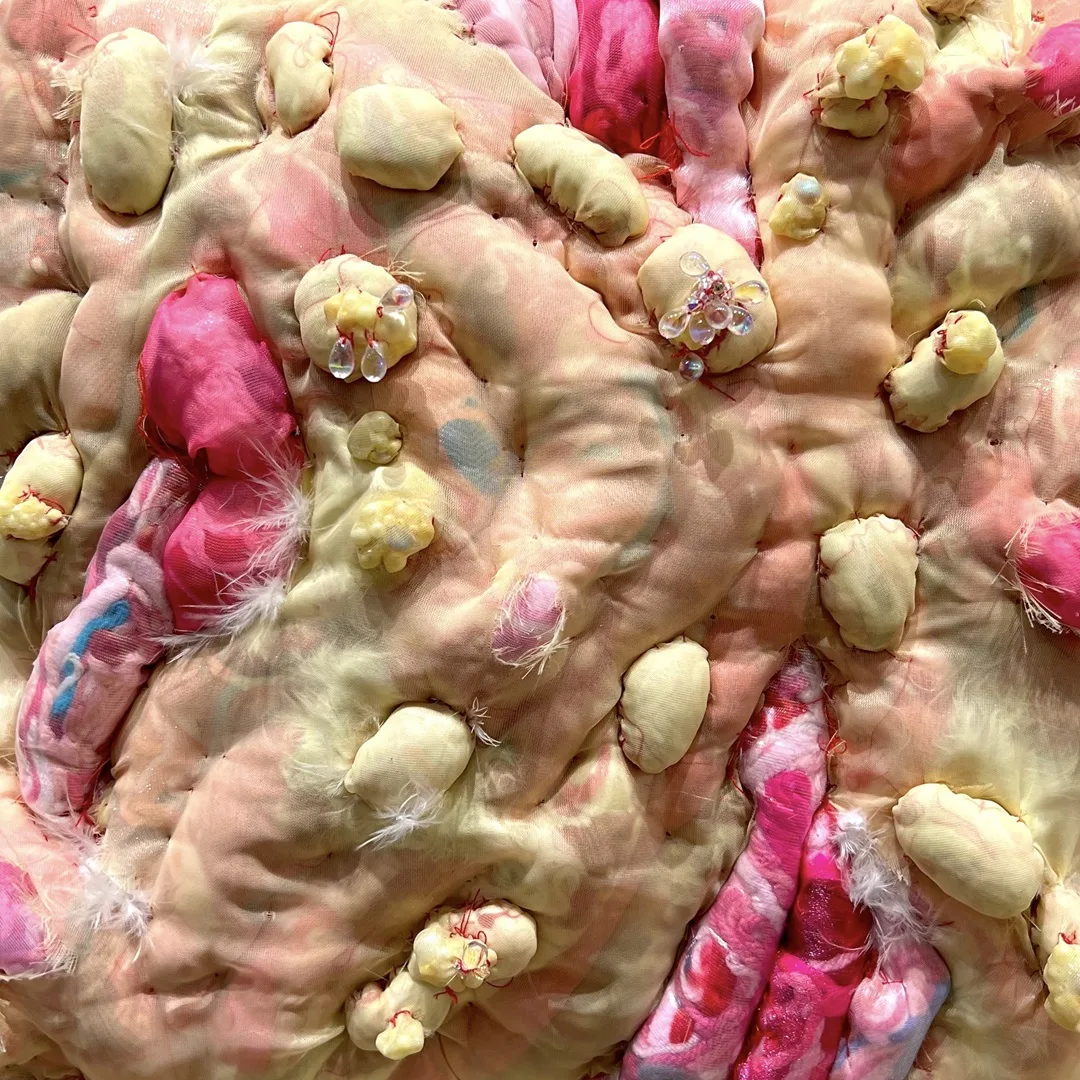
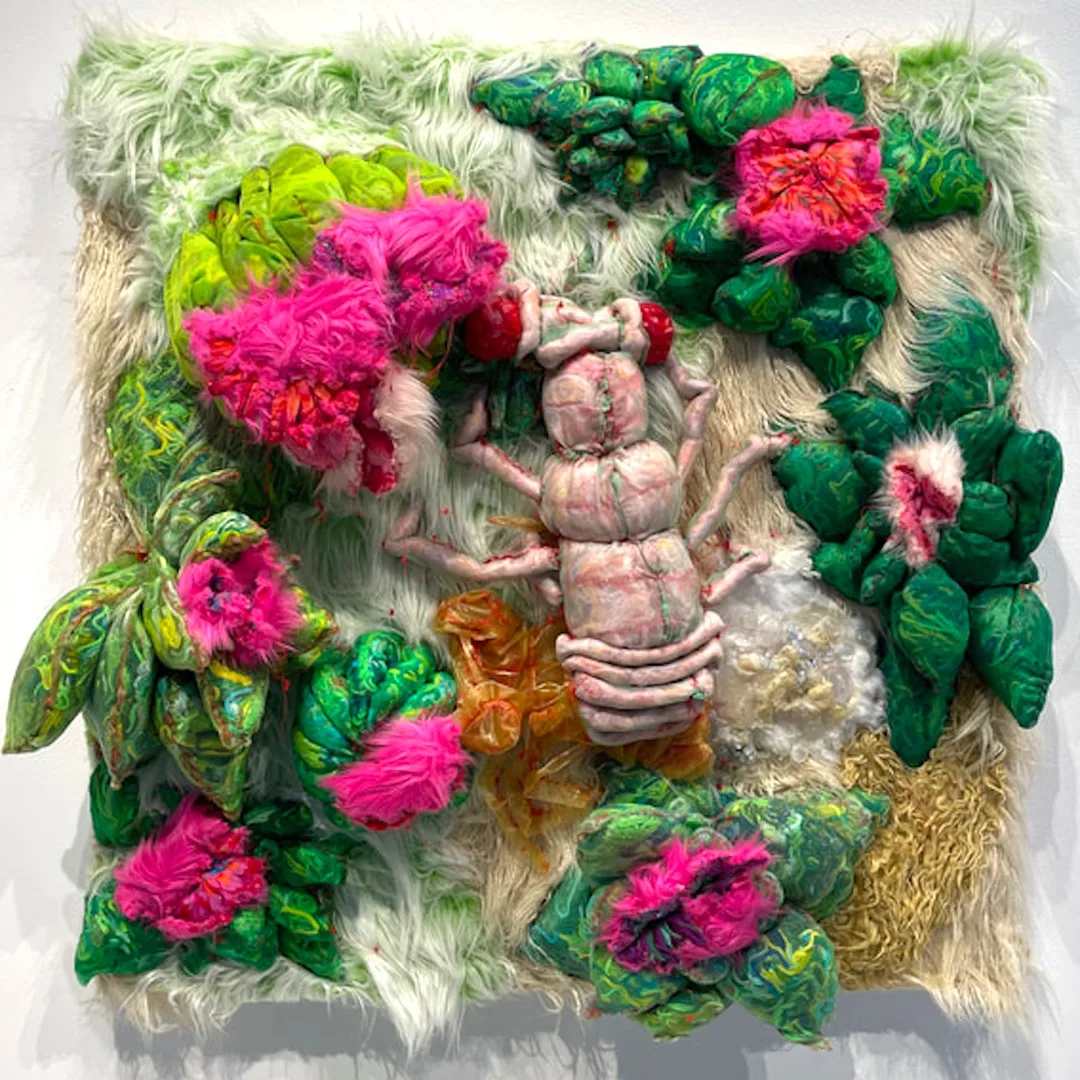
Taxidermy & organza
I love to talk about my materials! One of my favourites is upcycling taxidermy. Friends, students and colleagues often donate taxidermy, bones or skulls that they find.
I also find rejected taxidermy that’s either damaged or not properly preserved at thrift stores or on eBay or Etsy. I clean them up using Dawn brand dish soap. It’s surprisingly effective at treating bones. I store red cedar blocks with my fabrics and taxidermy to prevent moths.
I like using sheer silk organza as a way to layer colour. It can almost work like a sheer glaze in painting. I often stuff the organza with yarn.
I sometimes get little odds and ends of yarn donated to me or I’ll find half skeins of yarn at Starlandia in Savannah, a store selling reclaimed art supplies. Soft materials are the perfect vehicle for making work exploring the fear of unknowns like death.
My must-have tools include Gütermann red thread (I particularly like their polyester #408), Fiskars’ spring action scissors, magnetic pin cushions and copper compression wrist bands. I haven’t officially been diagnosed with arthritis, but I often have symptoms that I believe are caused by sewing.
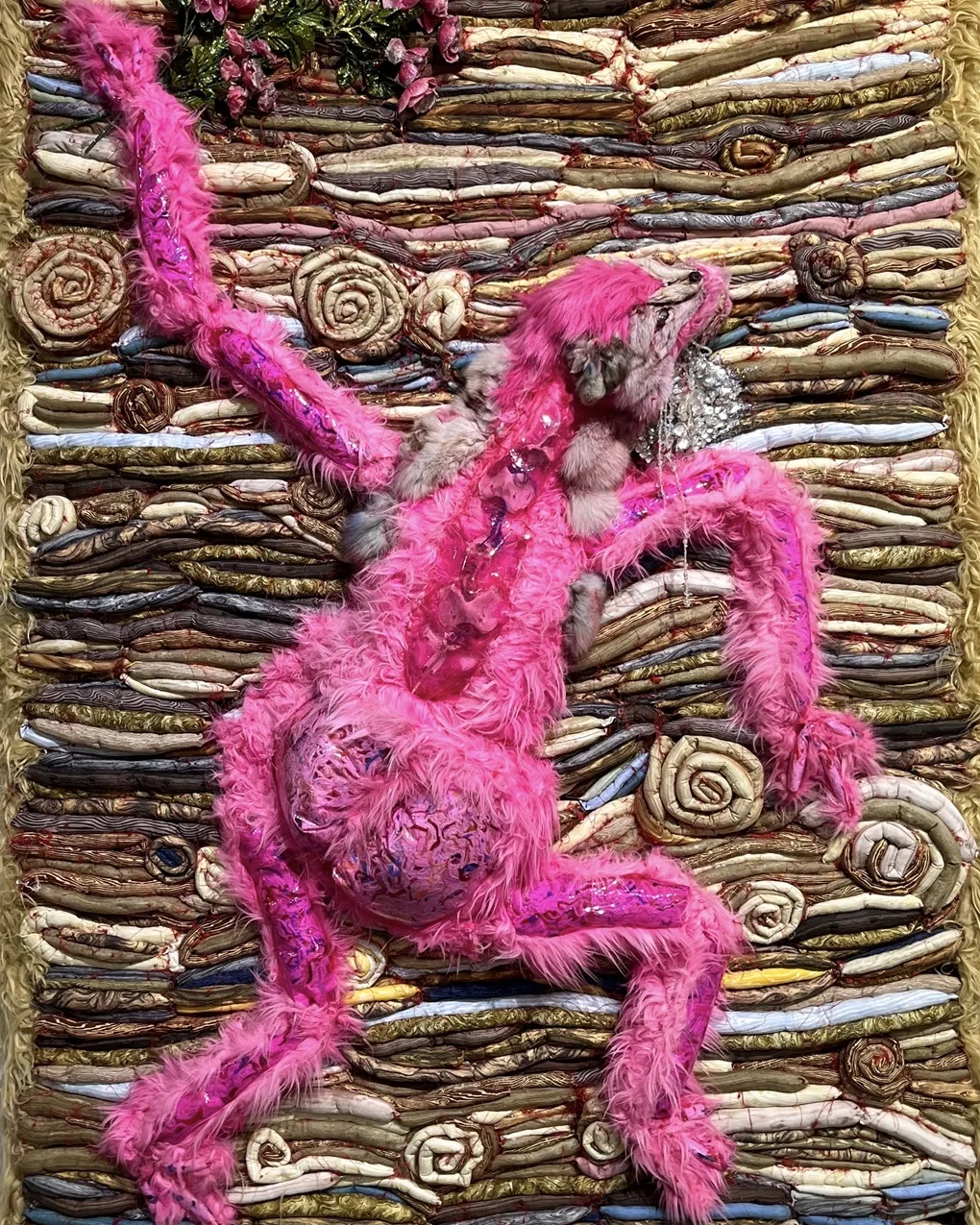
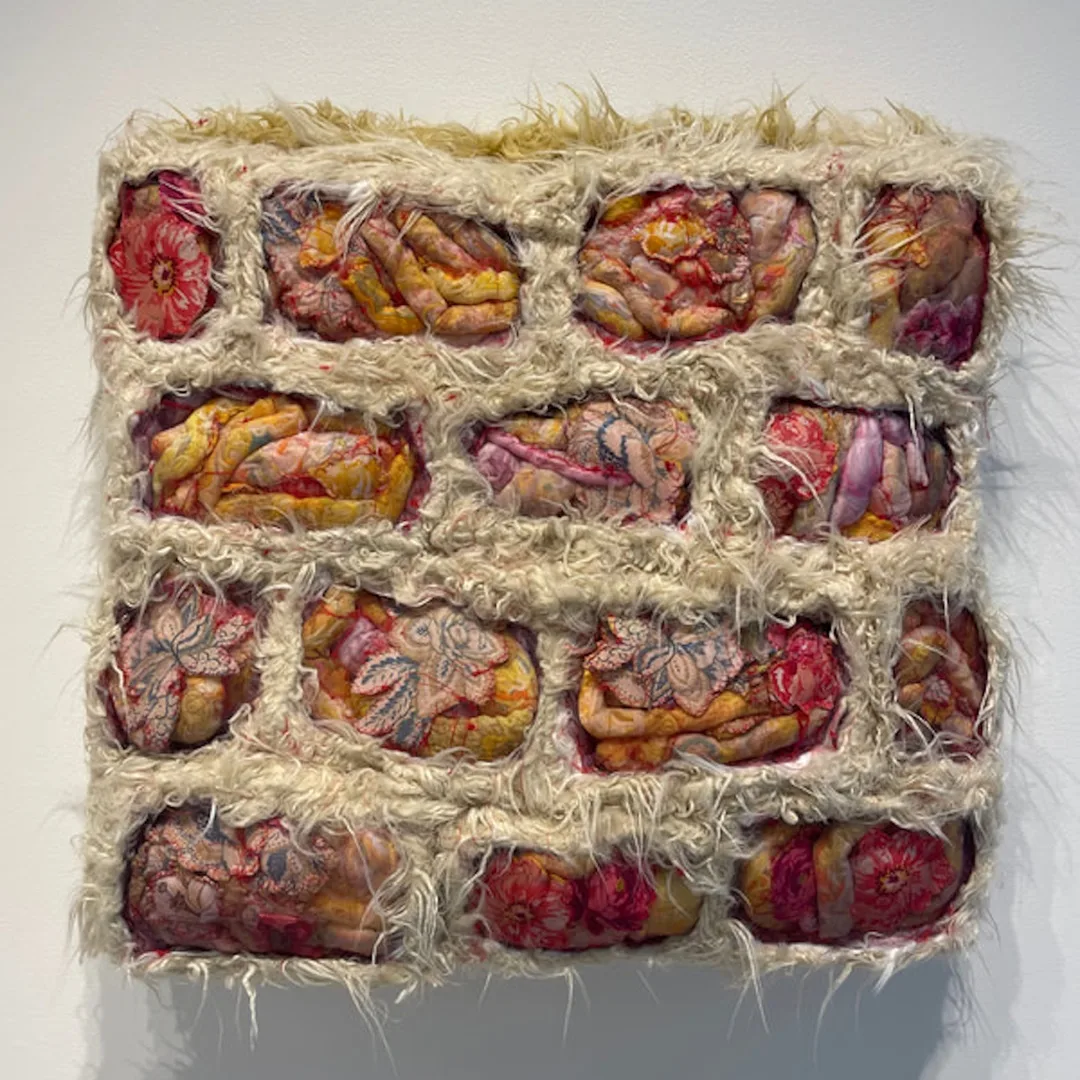
Becoming a better artist
I struggled as a young artist, and I didn’t have a lot of what some would call ‘natural talent’. But I did possess a lot of determination to become a better artist. I learned that if you invest the time into the process, you eventually develop your own style or voice, and then you’ll see improvement.
“The best advice, that I often remind myself of, is to stay playful and keep experimenting – it’s so much more constructive than worrying about failing.”
Kelly Boehmer, Textile artist
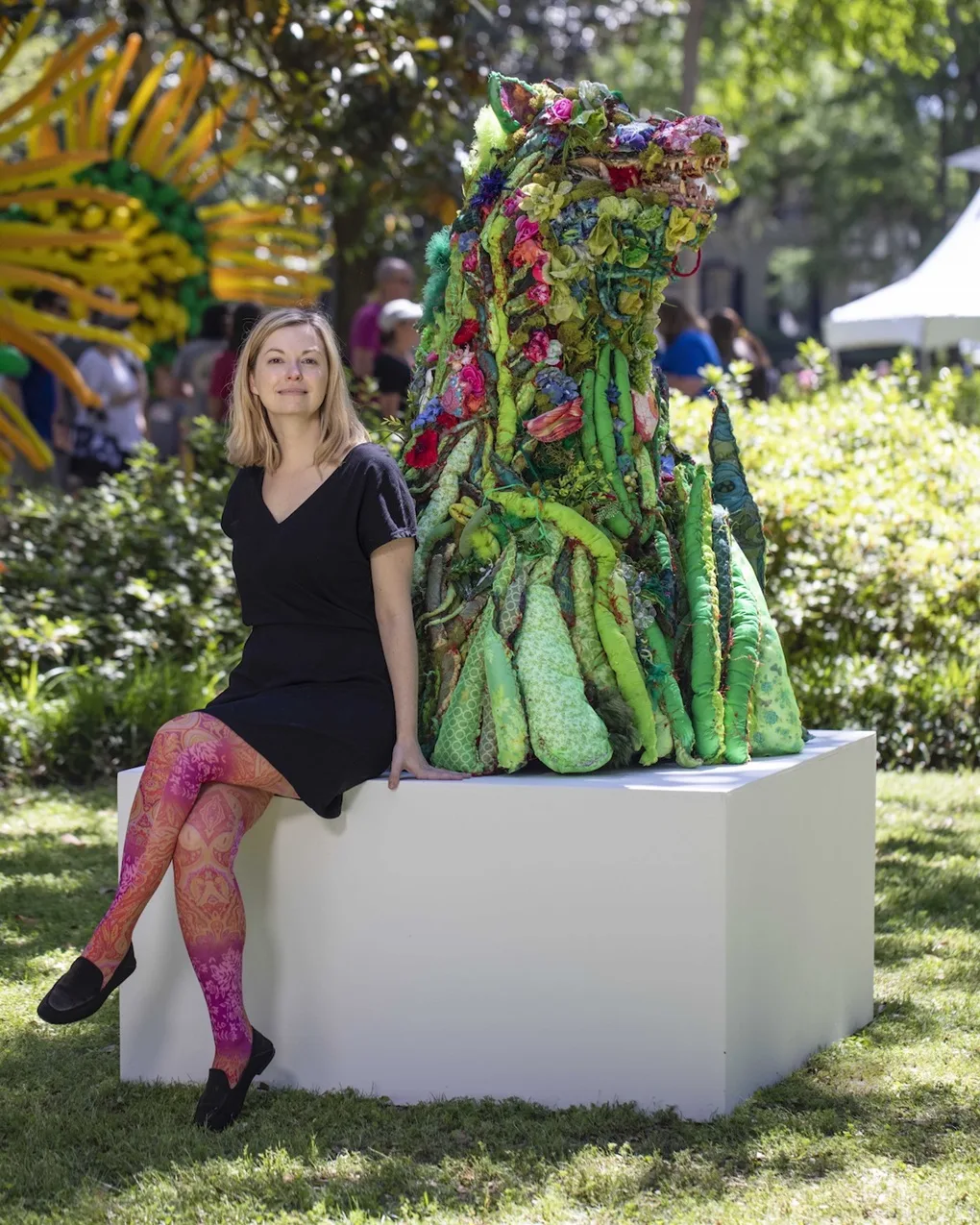
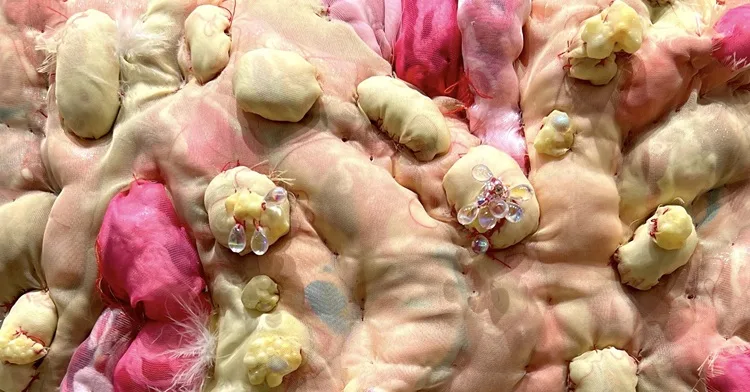

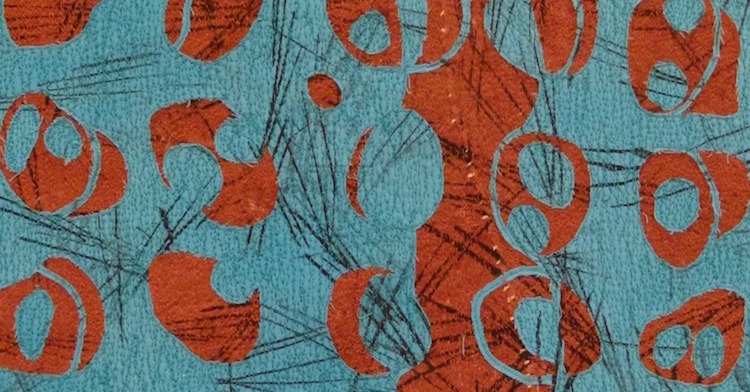
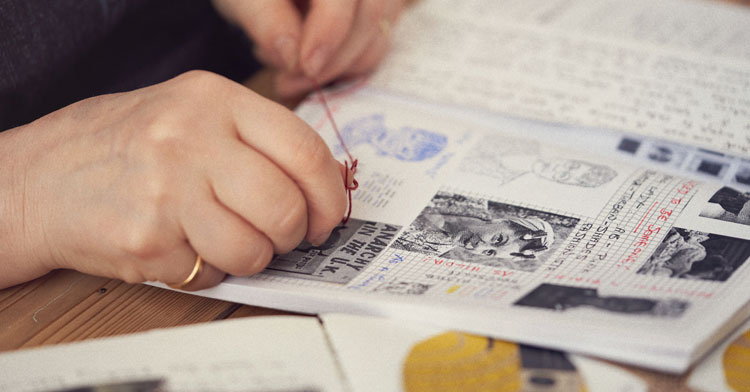
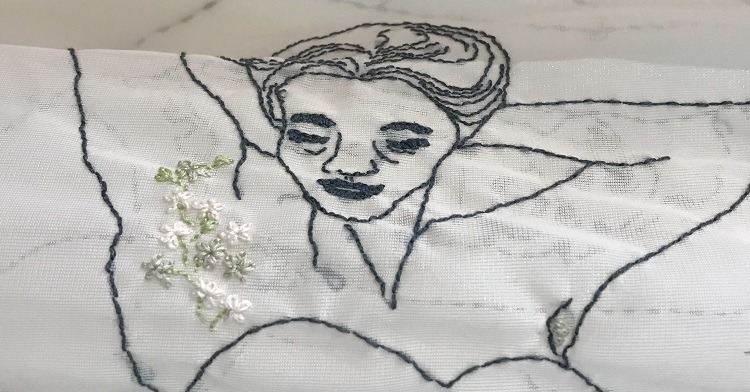
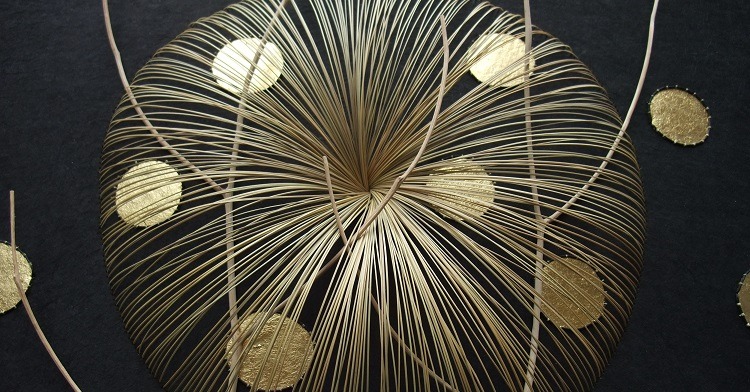
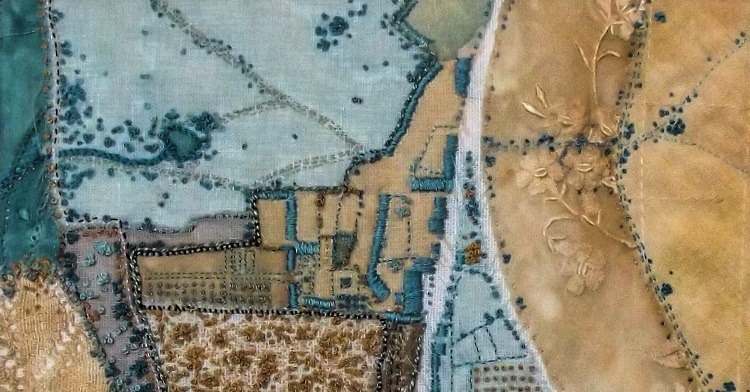
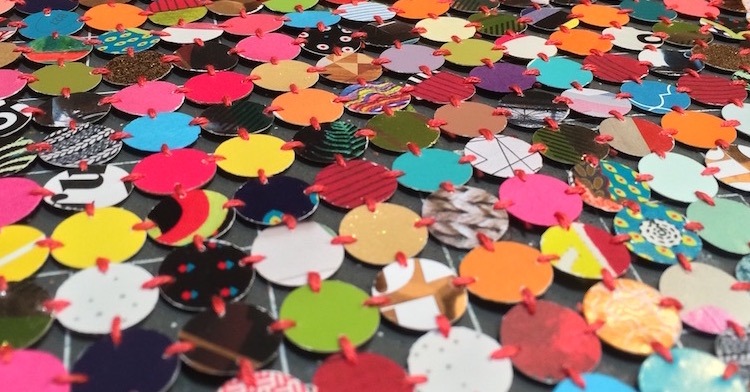
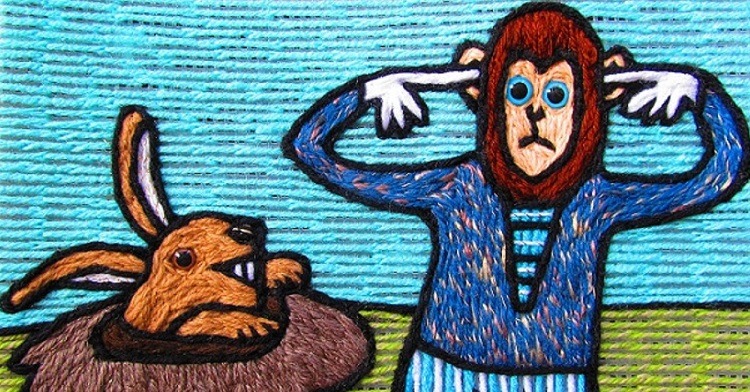
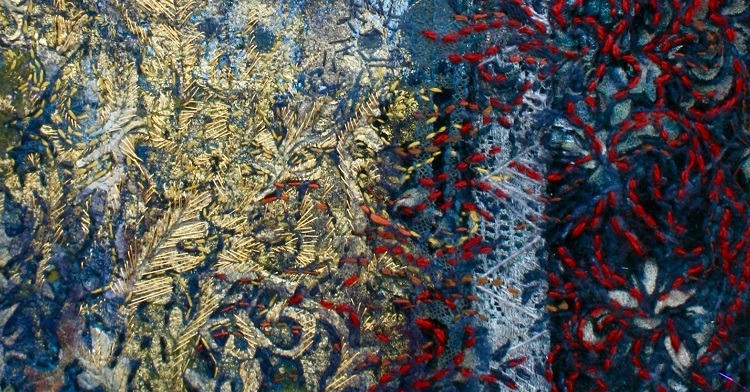
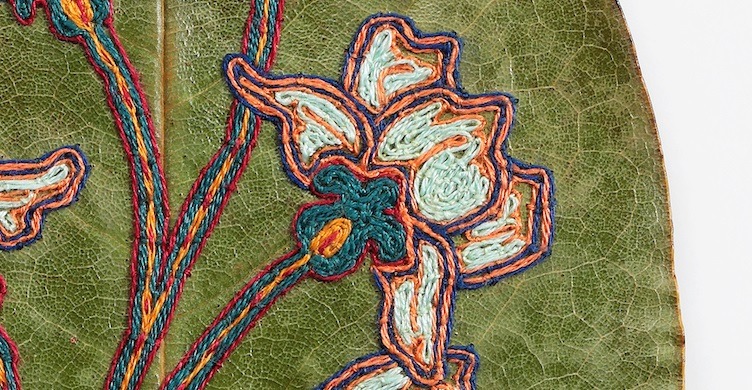
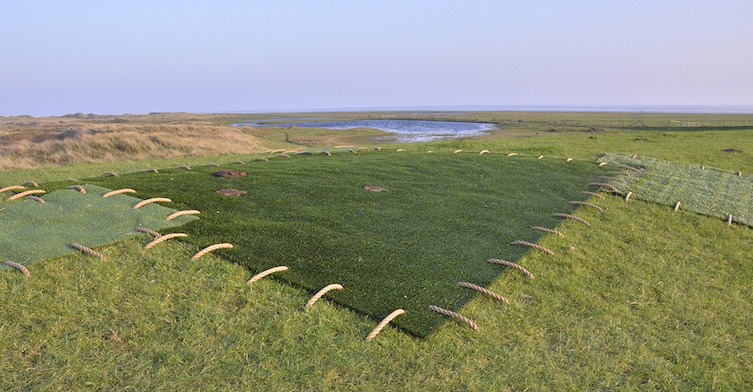
Comments